传记
Antonio Francisco Javier José Soler Ramos, usually known as Padre Antonio Soler, known in Catalan as Antoni Soler i Ramos (baptized 3 December 1729, died 20 December 1783) was a Spanish Catalan composer whose works span the late Baroque and early Classical music eras. He is best known for his keyboard sonatas, an important contribution to the harpsichord, fortepiano and organ repertoire.
Soler was born in Olot (Catalonia, Spain) in the historical County of Besalú. In 1736, when he was six, he entered the Escolania of the Monastery of Montserrat where he studied music with the resident maestro Benito Esteve and organist Benito Valls. In 1744 he was appointed organist at the Cathedral of La Seu d'Urgell and appointed as a subdeacon at the same time. Later in life, he held posts as chapel master in Lleida and at the Royal Court in El Escorial.
Soler took Holy Orders at the age of 23 and his routine as a Hieronymite in El Escorial, Madrid was extremely busy. His 20 hour days were filled, yet Soler managed to produce more than 500 musical works. Amongst these were around 150 keyboard sonatas, many believed to have been written as sheet music for his pupil, the Infante Don Gabriel, a son of King Carlos III. Other pieces include Christmas villancicos and Latin church music including masses. He died at the monastery of San Lorenzo de El Escorial. No portraits of him are known to exist.
Padre Soler's most celebrated works are his keyboard sonatas, which are comparable to those composed by Domenico Scarlatti (with whom he may have studied). However, Soler's works are more varied in form than those of Scarlatti, with some pieces in three or four movements; Scarlatti's pieces are in one or two movements. Fortunately, Soler's sonatas were catalogued in the early twentieth century by Fr. Samuel Rubio and so all have 'R' numbers assigned.
Soler also composed concertos, quintets for organ and strings, motets, masses and pieces for solo organ. He also wrote a treatise, Llave de la modulación ("The Key to Modulation", 1762).
Soler's "Six Concertos for Two Organs" are still very much in the repertoire and have been often recorded. A fandango once attributed to Soler, and probably more often performed than any other work of his, is now thought by some to be of doubtful authorship.





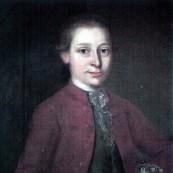

![Nouvelles Couleurs de l'Orgue [CD 2 of 2]](http://static.classicalm.com/repository/collection-cover/small/1025-img1343996337342487.jpg)
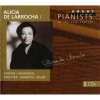
![Great European Organs. 39-Nicholas Jackson [Segovia Cathedral]](http://static.classicalm.com/repository/collection-cover/small/917-img1341761014261487.jpg)
![Het Historische Orgel in Nederland [CD 13 of 20]](http://static.classicalm.com/repository/collection-cover/small/1005-img1343482337542284.jpg)
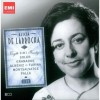
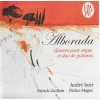
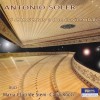
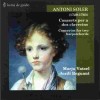
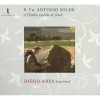
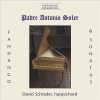
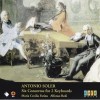
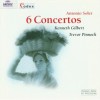
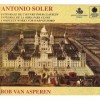
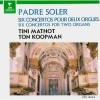
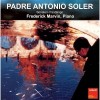
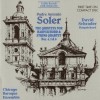
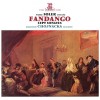
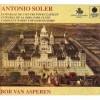
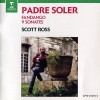
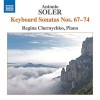
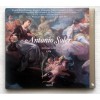
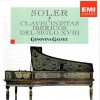
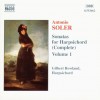
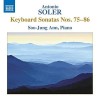
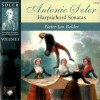
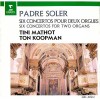
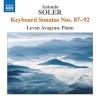
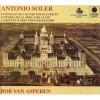
![Soler - Works for Harpsichord; Fandango [Limited edition] (Rafael Puyana)](http://static.classicalm.com/repository/composition-cover/small/30458-img1499525016436357.jpg)